Advertisement
There’s a big shift happening in how people interact with AI. Most users are already familiar with ChatGPT, a tool that responds to prompts in a conversational style. But something more experimental has entered the scene: Auto-GPT. While ChatGPT is known for giving helpful replies to questions, Auto-GPT aims to act more like a digital worker—one that can think ahead, plan, and take action on its own. If ChatGPT is like a calculator that waits for input, Auto-GPT is more like a smart assistant that keeps working without constant human nudges. So, what is Auto-GPT really, and why does it matter?
Auto-GPT is an open-source AI system that uses a language model like GPT-4 but extends its functionality through automation. It was introduced by a developer using the name Significant Gravitas, and it quickly grabbed attention in the AI community. What makes Auto-GPT different is how it chains thoughts together. Instead of waiting for a new prompt after each output, it can create a sequence of tasks, evaluate them, and run through the steps until it reaches a goal.
To break it down: when you use Auto-GPT, you give it a goal instead of a single prompt. Let’s say you want to build a list of 100 product ideas. Instead of guiding it step-by-step, you feed Auto-GPT a mission like: “Find profitable e-commerce niches and list 100 product ideas with sourcing suggestions.” It then starts researching, visiting websites, evaluating the results, and updating its plan on the fly.
It combines multiple abilities—text generation, memory storage, decision-making, and plugin tools like web access or file handling. In other words, Auto-GPT is designed to think and act with some autonomy. It writes, checks its work, and decides what to do next without asking for permission after every step.
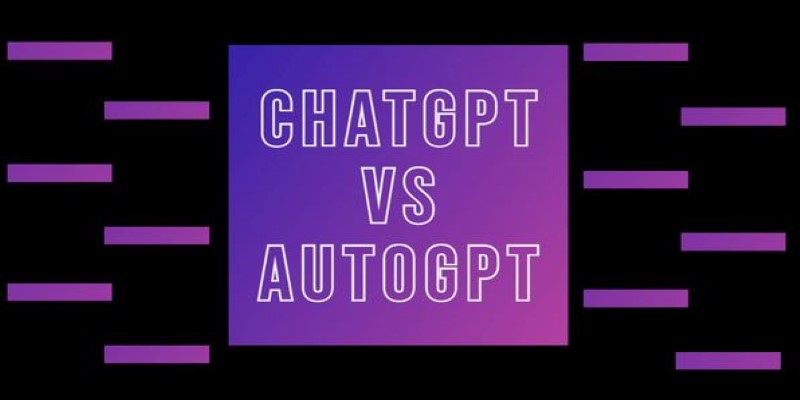
ChatGPT functions one step at a time. When you type a question, it gives a response and then waits for another prompt. It doesn’t carry forward any memory of what it just said unless the chat session is still active and the context is preserved.
Auto-GPT doesn’t wait for constant input. It takes a broad instruction and works through multiple steps on its own. Once started, it can review results, shift strategies, and continue without asking for more guidance. This self-directed process lets it act more like an assistant working toward a defined goal.
ChatGPT is designed for ease. It runs in a browser or app, with no setup beyond creating an account. Anyone can use it without technical knowledge.
Auto-GPT has a more involved setup. You’ll need Python, API access, and some configuration. It runs from a terminal and may require troubleshooting. While it allows more control, it’s not intended for casual users or those unfamiliar with command-line tools.
Memory plays a big role in how these tools function. ChatGPT operates within the context of a single session. It doesn’t retain information once that session ends and can’t keep track of what it has already said or done unless reminded.
Auto-GPT uses memory modules to store past actions, decisions, and results. It draws on this stored information to avoid repeating steps, improve its responses, and stay aligned with the original goal.
ChatGPT has strong filters. Its outputs are reviewed through safety layers to prevent misuse. It won’t access external websites, run background tasks, or modify files on your device.
Auto-GPT is more flexible, but that comes with risks. It can browse the internet, read and write files, and execute multi-step operations with less oversight. This can lead to unexpected behavior if it’s not set up with clear limits.
Auto-GPT isn’t meant to replace ChatGPT. They serve different purposes. ChatGPT is fast, reliable, and great for writing, studying, casual help, or idea generation. It’s like a sharp tool you pull out for specific jobs. Auto-GPT is more experimental—more like a digital employee. You assign it a task and trust it to figure out the steps, much like you would delegate to a human assistant.

That said, Auto-GPT is still early in development. It’s not flawless. It gets stuck, repeats steps, or takes too long on simple tasks. But it signals where AI could be heading: autonomous systems that don’t need humans to walk them through every click. This approach could be applied to things like managing social media accounts, analyzing financial markets, writing long-form content, or even fixing code bugs while you sleep.
Companies are already watching this space closely. The interest in agents—AI that can plan and act—is growing. From research labs to startups, developers are working to improve how agents like Auto-GPT think, learn from past actions, and work safely within set limits. Some believe this class of tools could lead to an early form of artificial general intelligence, where the AI isn’t just smart—it’s self-steering.
Still, caution is needed. Giving an AI the power to make decisions without oversight brings up all kinds of questions. What if it makes harmful choices? What if it wastes time on bad paths? That’s why many testers are building guardrails into their setups: logs, approval systems, memory resets, and sandboxed environments.
Auto-GPT introduces a new direction for AI—one where systems operate with minimal human guidance. Unlike ChatGPT, which needs prompts for each step, Auto-GPT can manage multi-step tasks by creating its own goals and tracking progress. It blends memory, decision-making, and web access to act more like a digital agent than a chat tool. While it's still experimental and not always reliable, it shows the potential of AI that doesn't just respond, but works independently. For users and developers exploring next-gen tools, Auto-GPT offers a glimpse of what AI might become: more autonomous, more dynamic, and better at getting real work done.
Advertisement
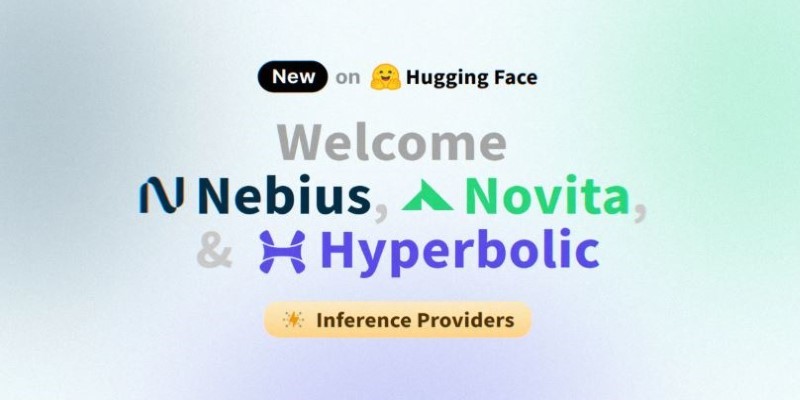
Discover three new serverless inference providers—Hyperbolic, Nebius AI Studio, and Novita—each offering flexible, efficient, and scalable serverless AI deployment options tailored for modern machine learning workflows

How can Google’s Gemma 3 run on a single TPU or GPU? Discover its features, speed, efficiency and impact on AI scalability.
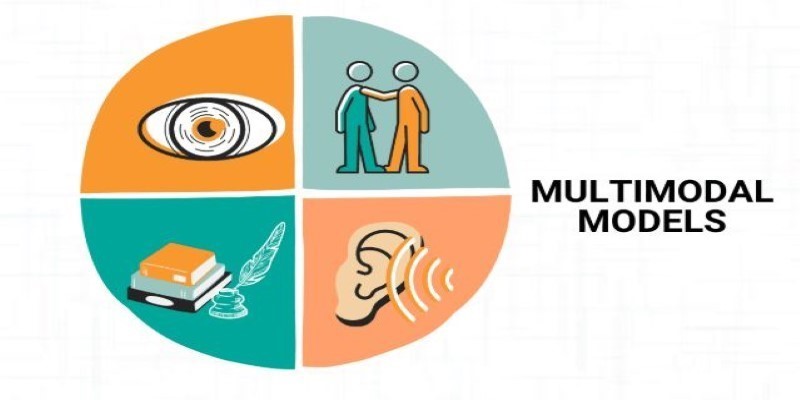
Multimodal models combine text, images, and audio into a shared representation, enabling AI to understand complex tasks like image captioning and alignment with more accuracy and flexibility

AWS' generative AI platform combines scalability, integration, and security to solve business challenges across industries

Fond out the top AI tools for content creators in 2025 that streamline writing, editing, video production, and SEO. See which tools actually help improve your creative flow without overcomplicating the process

Learn the regulatory impact of Google and Meta antitrust lawsuits and what it means for the future of tech and innovation.

Anthropic secures $3.5 billion in funding to compete in AI with Claude, challenging OpenAI and Google in enterprise AI
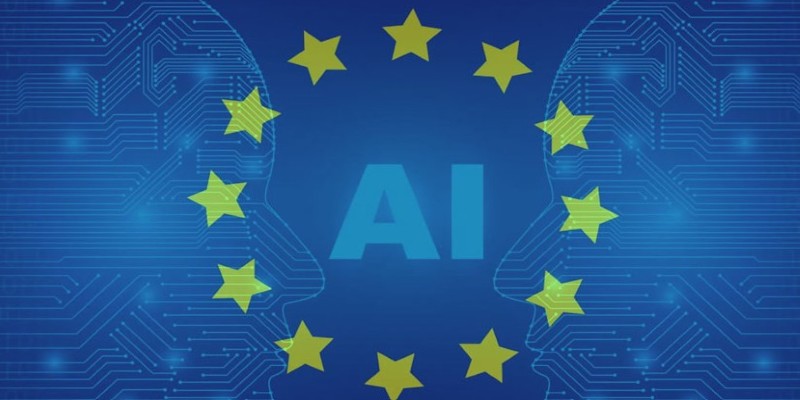
A clear and practical guide for open source developers to understand how the EU AI Act affects their work, responsibilities, and future projects

The paperclip maximizer problem shows how an AI system can become harmful when its goals are misaligned with human values. Learn how this idea influences today’s AI alignment efforts
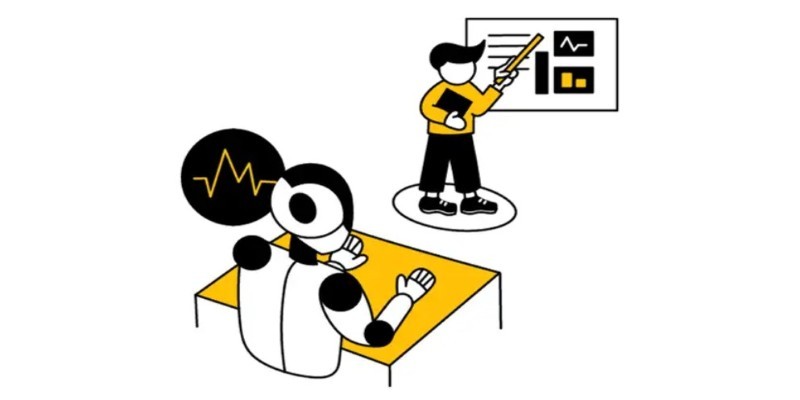
How RLHF is evolving and why putting reinforcement learning back at its core could shape the next generation of adaptive, human-aligned AI systems
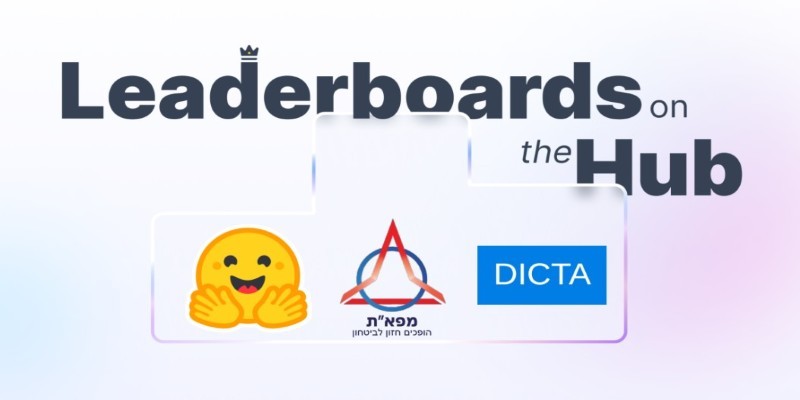
How the Open Leaderboard for Hebrew LLMs is transforming the evaluation of Hebrew language models with open benchmarks, real-world tasks, and transparent metrics

Think Bash loops are hard? Learn how the simple for loop can help you rename files, monitor servers, or automate routine tasks—all without complex scripting